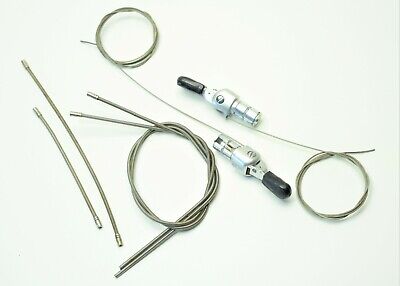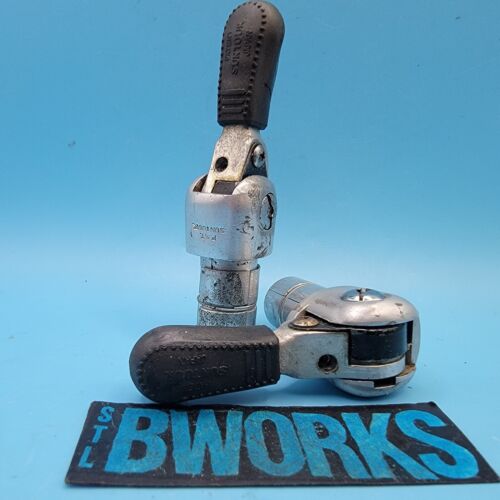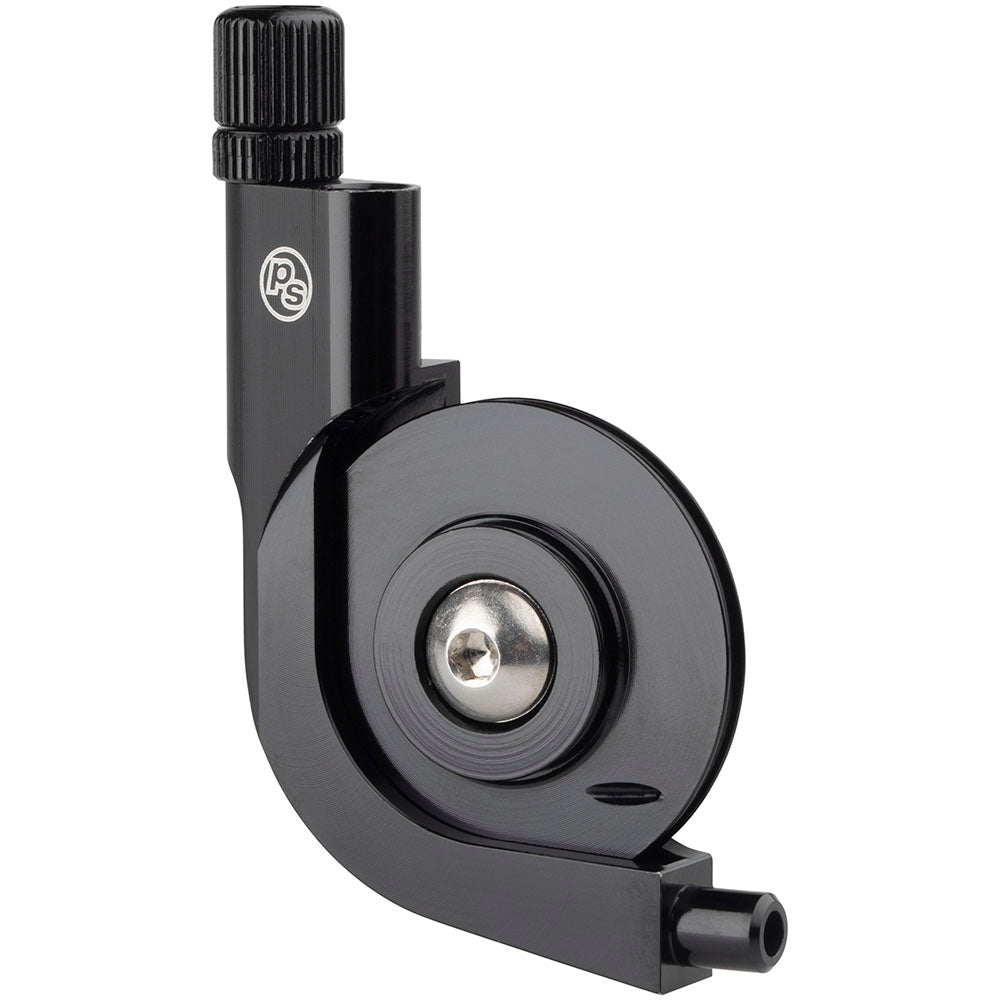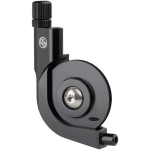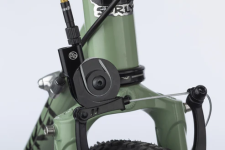From:
Shimano Cues kills off Alivio, Acera and Altus, with Tiagra to be phased out
"The Shimano Cues range is broken down into the following tiers:
- Shimano Cues U3000: 9-speed
- Shimano Cues U4000: 9-speed
- Shimano Cues U6000: 10- or 11-speed
- Shimano Cues U8000: 11-speed
This isn’t a strictly accurate representation of how the range is laid out because some components (eg,
front derailleurs or
cranksets) span multiple ‘speed’ groupsets, but it gives a rough overview of the hierarchy.
Unlike Shimano’s existing groupsets, the cable pull ratio, cassette cog spacing and chains are shared across all components – regardless of whether they are 9-, 10- or 11-speed, and where they sit in the product hierarchy. This means bike brands and consumers will be freer to spec from “a menu of components” to suit their needs. If the unconfirmed drop-bar shifters use the same cable pull ratio, this will mean mullet-drivetrain builds – pairing truly wide-range MTB drivetrains with drop bars – will soon be a possibility."
Edit to Add (for what it's worth):
The CUES shifters and derailleurs use the Linkglide cable pull ratio.
Somebody on Reddit measured the Linkglide cable pull ratio:
The CUES shifters and derailleurs use the Linkglide cable pull ratio.
One index click of the Linkglide shifter moves 3.5mm of cable, which moves the derailleur 3.7mm to shift to the next cog. This gives a cable pull ratio of 3.7mm / 3.5mm = 1.05. This is NOT the same cable pull ratio as mechanical 11-speed Dura-Ace, Ultegra and 105-- Mechanical 11sp DA, Ultegra and 105 use a 1.4 cable pull ratio. 1mm of cable pull moves the derailleur 1.4mm. So no, CUES shifters and derailleurs will not be compatible with Mechanical 11sp DA, Ultegra or 105 shifters or derailleurs.


